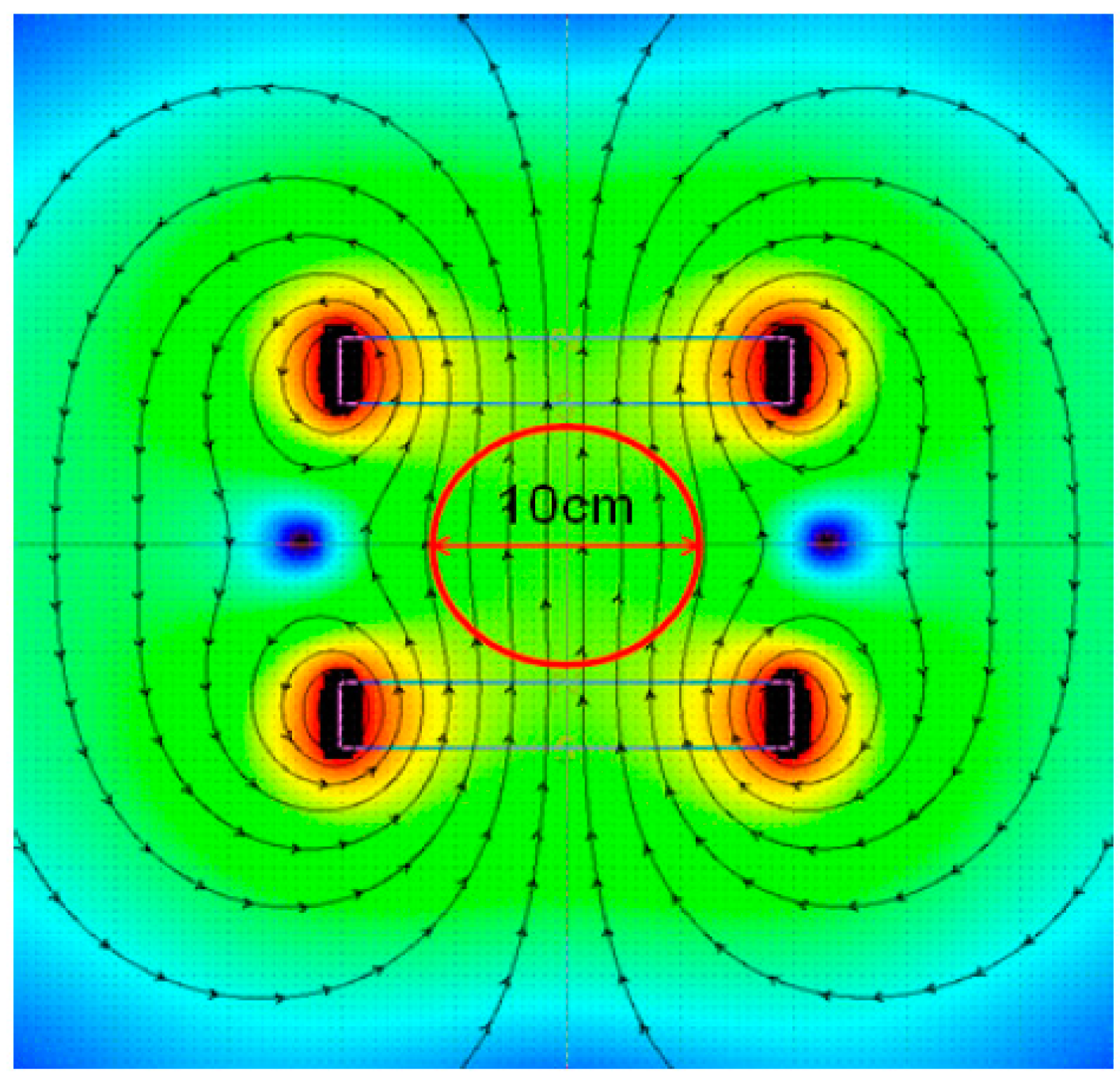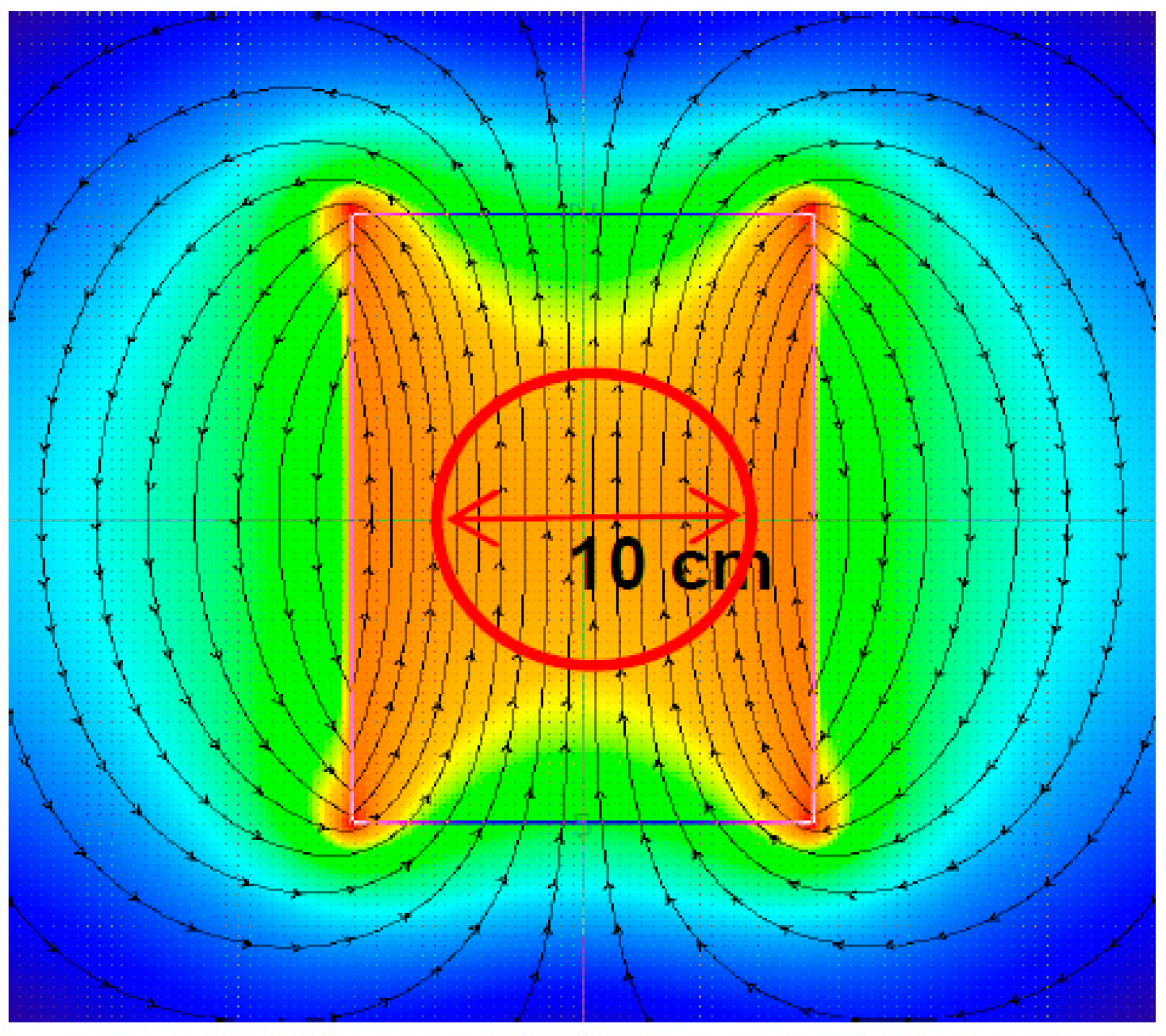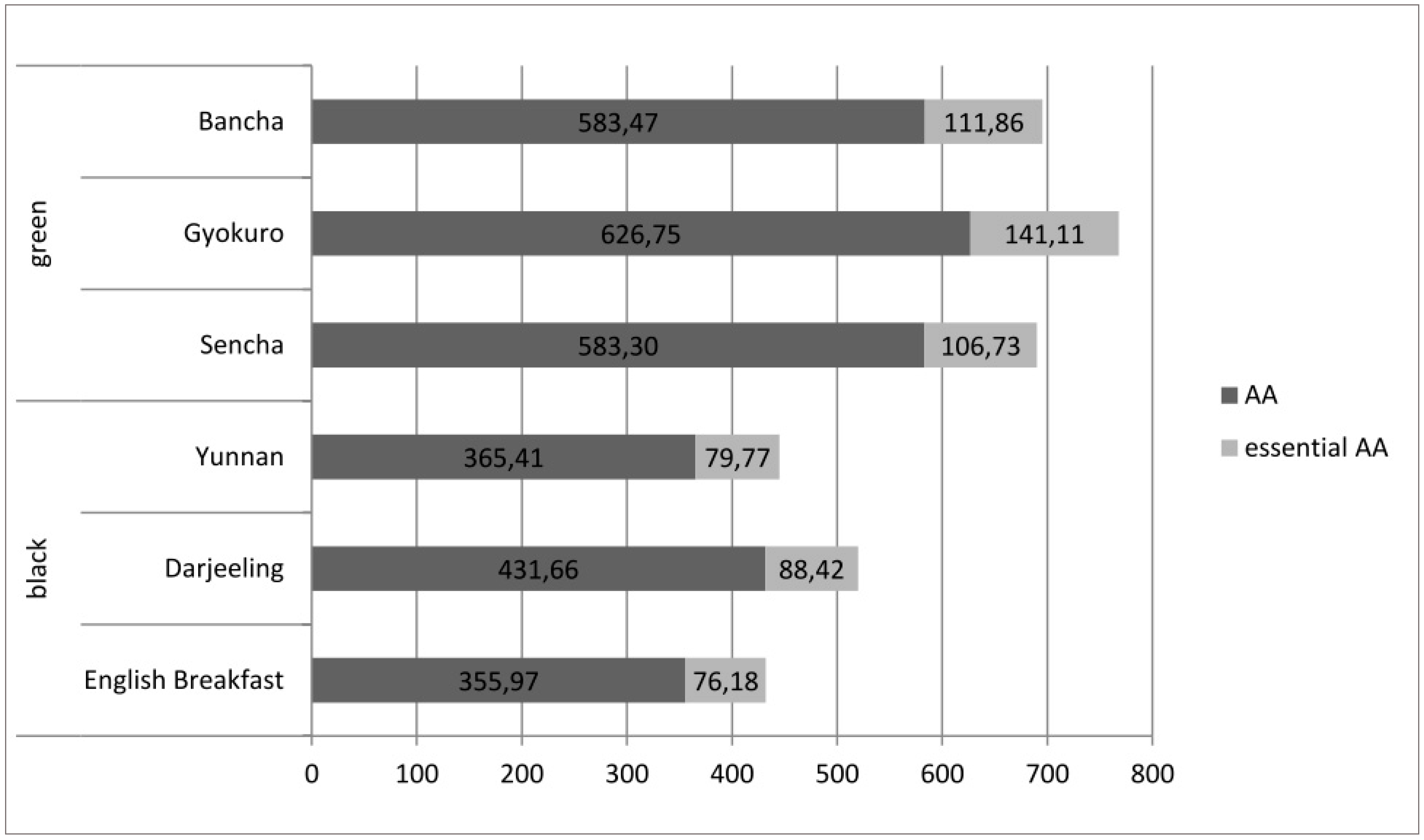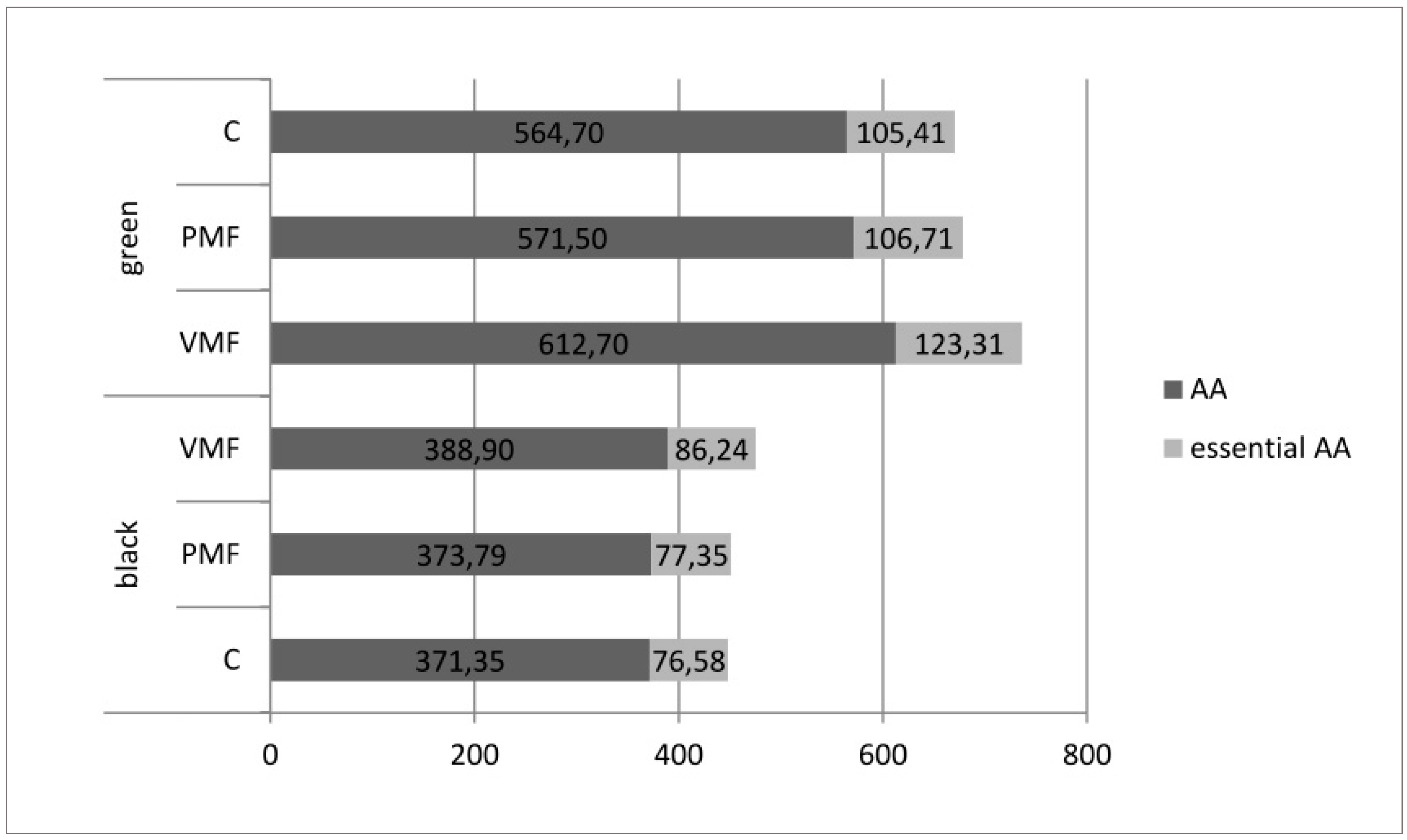Magnetic Field Extraction Techniques in Preparing High-Quality Tea Infusions
Abstract
:1. Introduction
2. Materials and Methods
2.1. Tea Samples
2.2. Analytical Procedures
3. Results and Discussion
3.1. Profiles of Amino Acids in Different Tea
3.2. Total Amino Acids in Tea
4. Conclusions
Author Contributions
Funding
Conflicts of Interest
References
- Kuo, K.L.; Weng, M.S.; Chiang, C.T.; Tsai, Y.J.; Lin-Shiau, S.Y.; Lin, J.K. Comparative studies on the hypolipidemic and growth suppressive effects of oolong, black, pu-erh, and green tea leaves in rats. J. Agric. Food Chem. 2005, 53, 480–489. [Google Scholar] [CrossRef] [PubMed]
- Muthumani, T.; Kumar, R.S.S. Studies on freeze-withering in black tea manufacturing. Food Chem. 2007, 101, 103–106. [Google Scholar] [CrossRef]
- Hilal, Y.; Engelhardt, U. Characterisation of white tea—Comparison to green and black tea. J. Verbrauch. Lebensm. 2007, 2, 414–421. [Google Scholar] [CrossRef]
- Lin, L.Z.; Chen, P.; Harnly, J.M. New phenolic components and chromatographic profiles of green and fermented teas. J. Agric. Food Chem. 2008, 56, 8130–8140. [Google Scholar] [CrossRef] [PubMed]
- Yang, Z.Y.; Jie, G.; He, P.M.; Tu, Y. Study on the antioxidant activity of tea flowers (Camellia sinensis). Asia Pac. J. Clin. Nutr. 2007, 16, 148–152. [Google Scholar] [PubMed]
- Zhang, L.; Zhang, Z.Z.; Zhou, Y.B.; Ling, T.J.; Wan, X.C. Chinese dark teas: Postfermentation, chemistry and biological activities. Food Res. Int. 2013, 53, 600–607. [Google Scholar] [CrossRef]
- Horie, H.; Kohata, K. Analysis of tea components by high-performance liquid chromatography and high-performance capillary electrophoresis. J. Chromatogr. 2000, 881, 425–438. [Google Scholar] [CrossRef]
- Iso, H.; Date, C.; Wakai, K. The relationship between green tea and total caffeine intake and risk for self-reported type 2 diabetes among Japanese adults. Ann. Int. Med. 2006, 144, 554–562. [Google Scholar] [CrossRef] [PubMed]
- Czernicka, M.; Zaguła, G.; Bajcar, M.; Saletnik, B.; Puchalski, C. Assessment of the nutritional value of high quality fruit influsions based on the content of bioelements and toxic metals. J. Elem. 2018, 23, 1057–1072. [Google Scholar] [CrossRef]
- Czernicka, M.; Zaguła, G.; Bajcar, M.; Saletnik, B.; Puchalski, C. Determination of health value of dried tea leaf and tea infusions of high quality black tea from different crop regions. Bromatol. Chem. Toksykol. 2016, 49, 183–193. [Google Scholar]
- Keenan, E.K.; Finnie, M.D.A.; Jones, P.S.; Rogers, P.J.; Priestley, C.M. How much theanine in a cup of tea? Effects of tea type and method of preparation. Food Chem. 2011, 125, 588–594. [Google Scholar] [CrossRef]
- Kyle, J.A.; Morrice, P.C.; McNeill, G.; Duthie, G.G. Effects of infusion time and addition of milk on content and absorption of polyphenols from black tea. J. Agric. Food Chem. 2007, 55, 4889–4894. [Google Scholar] [CrossRef] [PubMed]
- Koch, W.; Kukula-Koch, W.; Komsta, Ł.; Marzec, Z.; Szwerc, W.; Głowniak, K. Green Tea Quality Evaluation Based on Its Catechins and Metals Composition in Combination with Chemometric Analysis. Molecules 2018, 23, 1689. [Google Scholar] [CrossRef] [PubMed]
- Koch, W.; Kukula-Koch, W.; Komsta, Ł. Black Tea Samples Origin Discrimination Using Analytical Investigations of Secondary Metabolites, Antiradical Scavenging Activity and Chemometric Approach. Molecules 2018, 23, 513. [Google Scholar] [CrossRef] [PubMed]
- Alcazar, A.; Ballesteros, O.; Jurado, J.M.; Pablos, F.; Martin, M.J.; Vilches, J.L.; Navalon, A. Differentiation of green, white, black, oolong, and Pu-erh teas according to their free amino acids content. J. Agric. Food Chem. 2007, 55, 5960–5965. [Google Scholar] [CrossRef] [PubMed]
- Da Silva Pinto, M. Tea: A new perspective on health benefits. Food Res. Int. 2013, 53, 558–567. [Google Scholar] [CrossRef]
- Syu, K.Y.; Lin, C.L.; Huang, H.C.; Lin, J.K. Determination of theanine, GABA, and other amino acids in green, oolong, black, and Pu-erh teas with dabsylation and high-performance liquid chromatography. J. Agric. Food Chem. 2008, 56, 7637–7643. [Google Scholar] [CrossRef] [PubMed]
- Kakuda, T. Neuroprotective effects of the green tea components theanine and catechins. Biol. Pharm. Bull. 2012, 25, 1513–1518. [Google Scholar] [CrossRef]
- Janiszewska, E.; Witrowa-Rajchert, D. Supercritical Fluid Extraction in Food Industry. Food Sci. Technol. Qual. 2005, 4, 5–16. [Google Scholar]
- Chang, C.J.; Chiu, K.L.; Chen, Y.L.; Chang, C.Y. Separation of catechins from green tea using carbon dioxide extraction. Food Chem. 2000, 68, 109–113. [Google Scholar] [CrossRef]
- Sihvonen, M.; Järvenpää, E.; Hietaniemi, V.; Huopalahti, R. Advances in supercritical carbon dioxide technologies. Trends Food Sci. Technol. 1999, 10, 217–222. [Google Scholar] [CrossRef]
- Pan, X.; Niu, G.; Liu, H. Comparison of microwave-assisted extraction and conventional extraction techniques for the extraction of tanshinones from Salvia miltiorrhiza bunge. Biochem. Eng. J. 2002, 12, 71–77. [Google Scholar] [CrossRef]
- Yang, Z.; Zhai, W. Optimization of microwave-assisted extraction of anthocyanins from purple corn (Zea maize L.) cob and identification with HPLC-MS. Innov. Food Sci. Emerg. Technol. 2010, 11, 470–476. [Google Scholar] [CrossRef]
- Hu, Y.; Jiang, Z.; Leung, K.S.; Zhao, Z. Simultaneous determination of naphthoquinone derivatives in Boraginaceous herbs by high performance liquid chromatography. Anal. Chim. Acta 2006, 577, 26–31. [Google Scholar] [CrossRef] [PubMed]
- García Martín, J.F.; Sun, D.W. Ultrasound and electric fields as novel techniques for assisting the wine ageing process: The state-of-the-art research. Trends Food Sci. Technol. 2013, 33, 40–53. [Google Scholar] [CrossRef]
- Zaguła, G.; Bajcar, M.; Saletnik, B.; Czernicka, M.; Puchalski, C.; Kapusta, I.; Oszmiański, J. Comparison of the Effectiveness of Water-Based Extraction of Substances from Dry Tea Leaves with the Use of Magnetic Field Assisted Extraction Techniques. Molecules 2017, 22, 1656. [Google Scholar] [CrossRef] [PubMed]
- International Organization for Standardization. Determination of Mass Loss at the Temperature of 103 °C; PN-ISO 1573:1980; International Organization for Standardization: Geneva, Switzerland, 1996; Available online: https://www.iso.org/standard/6167.html (accessed on 5 February 2018).
- Wang, H.F.; Tsai, Y.S.; Lin, M.L.; Ou, A.S.M. Comparison of bioactive components in GABA tea and green tea produced in Taiwan. Food Chem. 2006, 96, 648–653. [Google Scholar] [CrossRef]
- Rusaczonek, A.; Świderski, F.; Waszkiewicz-Robak, B. Antioxidant properties of tea and herbal infusions—A short report. Pol. J. Food Nutr. Sci. 2010, 60, 33–35. [Google Scholar]
- Jabeen, S.; Alam, S.; Saleem, M.; Ahmad, W.; Bibi, R.; Hamid, F.S.; Shah, H.U. Withering timings affect the total free amino acids and mineral contents of tea leaves during black tea manufacturing. Arab. J. Chem. 2015, 30, 1–7. [Google Scholar] [CrossRef]
- Yao, L.; Liu, X.; Jiang, Y.; Caffin, N.; Arcy, B.D.; Singanusong, R.; Datta, N.; Xu, Y. Compositional analysis of teas from Australian supermarkets. Food Chem. 2006, 94, 115–122. [Google Scholar] [CrossRef]
- Kimura, K.; Ozeki, L.; Ohira, J. L-theanine reduces psychological and physiological stress response. Biol. Psychol. 2007, 74, 39–45. [Google Scholar] [CrossRef] [PubMed]
- Co, H.; Sanderson, G.W. Biochemistry of tea fermentation: Conversion of amino acids to black tea aroma constituents. J. Food Sci. 1970, 35, 160–164. [Google Scholar] [CrossRef]
- Kocadağl, T.; Özdemir, K.S.; Gökmen, V. Effects of infusion conditions and decaffeination on free amino acid profiles of green and black tea. Food Res. Int. 2013, 53, 720–725. [Google Scholar] [CrossRef]
- Horanni, R.; Engelhardt, U.H. Determination of amino acids in white, green, black, oolong, PU-ERH teas and tea products. J. Food Compost. Anal. 2013, 31, 94–100. [Google Scholar] [CrossRef]
- Ying, Y.; Ho, J.W.; Chen, Z.Y.; Wang, J. Analysis of theanine in tea leaves by HPLC with fluorescence detection. J. Liq. Chromatogr. Relat. Technol. 2005, 28, 727–737. [Google Scholar] [CrossRef]
- Wang, L.; Xu, R.; Hu, B.; Li, W.; Sun, Y.; Tu, Y.; Zeng, X. Analysis of free amino acids in Chinese teas and flower of tea plant by high performance liquid chromatography combined with solid-phase extraction. Food Chem. 2010, 123, 1259–1266. [Google Scholar] [CrossRef]




| Type of Tea | Name | Origin | % ± SD | |||
|---|---|---|---|---|---|---|
| Water | Volatiles | Ash | Protein | |||
| green | Sencha | Japan | 6.13 ± 0.10 | 3.01 ± 0.08 | 4.47 ± 0.09 | 25.71 ± 0.25 |
| Gyokuro | 6.04 ± 0.06 | 2.84 ± 0.10 | 4.94 ± 0.10 | 29.63 ± 0.81 | ||
| Bancha | 7.10 ± 0.18 | 2.7 ± 0.21 | 4.78 ± 0.04 | 24.65 ± 0.14 | ||
| black | English Breakfast | Sri Lanka, India | 7.04 ± 0.19 | 2.70 ± 0.04 | 5.14 ± 0.17 | 20.25 ± 0.35 |
| Darjeeling | India | 6.15 ± 0.12 | 2.65 ± 0.05 | 5.57 ± 0.11 | 23.62 ± 0.74 | |
| Yunnan | China | 6.89 ± 0.08 | 2.80 ± 0.31 | 4.01 ± 0.06 | 21.59 ± 0.48 | |
| Component | Name of Tea | Brewing Conditions | |||||
|---|---|---|---|---|---|---|---|
| Sencha | Gyokuro | Bancha | C | PMF | VMF | ||
| mg L−1 | Theanine | 138.39 B,E | 144.37 A,C | 132.11 D,F | 137.63 D | 140.30 B | 146.70 A,C |
| Aspartic Acid | 16.96 B,E | 20.47 A,C | 13.48 D,F | 14.64 B | 15.68 D | 20.44 A,C | |
| Threonine * | 31.31 D | 39.60 A,C | 31.61 B | 30.02 | 30.18 | 31.21 | |
| Glutamic Acid | 233.47 B,E | 223.04 D,F | 251.66 A,C | 229.41 | 230.58 | 231.28 | |
| Proline | n/a | n/a | n/a | n/a | n/a | n/a | |
| Alanine | 18.80 B,E | 25.47 A,C | 17.08 D,F | 18.57 D | 18.99 B | 23.52 A,C | |
| Methionine * | n/a | n/a | n/a | n/a | n/a | n/a | |
| Isoleucine * | 17.73 B,D | 20.78 A | 19.06 C | 16.73 D | 17.27 B | 23.46 A,C | |
| Leucine * | 17.02 D,F | 28.92 A,C | 23.40 B,E | 20.71 B | 20.38 D | 26.48 A,C | |
| Tyrosine | 15.76 A,C | 10.03 B | 9.83 D | 11.96 | 11.32 | 12.02 | |
| Phenylalanine * | 22.01 B,E | 27.47 A,C | 19.56 D,F | 21.01 B | 20.88 D | 23.04 A,C | |
| GABA | 34.54 B,E | 37.05 A,C | 26.63 D,F | 28.35 D | 29.47 B | 36.41 A,C | |
| Lysine | 8.02 C | 8.16 A | 6.86 B,D | 7.53 | 7.42 | 8.06 | |
| Histidine | 18.65 D,F | 25.21 A,C | 20.82 B,E | 18.73 | 18.45 | 19.02 | |
| Tryptophan * | 10.64 D,F | 16.18 A,C | 11.37 B,E | 9.87 | 10.12 | 11.06 | |
| Component | Name of Tea | Brewing Conditions | |||||
|---|---|---|---|---|---|---|---|
| English Breakfast | Darjeeling | Yunnan | C | PMF | VMF | ||
| mg L−1 | Theanine | 86.21 D | 108.65 A,C | 87.44 B | 91.87 | 91.53 | 91.99 |
| Aspartic Acid | 11.50 D,F | 13.69 A,C | 12.31 B,E | 11.49 D | 11.65 B | 13.36 A,C | |
| Threonine * | 19.80 A,C | 14.91 B,E | 12.03 D,F | 14.61 B | 14.48 D | 16.83 A,C | |
| Glutamic Acid | 119.81 D | 148.92 A,C | 120.32 B | 129.24 D | 130.14 B | 131.68 A,C | |
| Proline | 8.11 D | 9.98 B | 11.62 A,C | 8.98 | 8.91 | 9.05 | |
| Alanine | 19.45 D,F | 26.92 A,C | 20.49 B,E | 20.47 | 20.51 | 21.05 | |
| Methionine * | 7.24 B,D | 8.68 a,A | 8.36 b,C | 7.24 D | 7.31 B | 9.15 A,C | |
| Isoleucine * | 15.48 D,F | 19.35 A,C | 19.64 B,E | 16.15 B | 16.10 D | 17.96 A,C | |
| Leucine * | 13.44 D,b | 16.31 A,C | 14.12 B,a | 13.89 D | 14.53 B | 15.58 A,C | |
| Tyrosine | 15.92 D | 19.07 A,C | 16.83 B | 16.81 | 17.54 | 18.02 | |
| Phenylalanine * | 19.19 D,b | 23.66 A,C | 20.18 B,a | 20.16 D | 20.29 B | 21.63 A,C | |
| GABA | 18.80 A,C | 16.01 D | 16.63 B | 15.91 D | 16.16 B | 17.51 A,C | |
| Lysine | 2.02 B,D | 5.52 A | 5.43 C | 4.53 | 4.72 | 5.09 | |
| Histidine | n.d. | n.d. | n.d. | n.d. | n.d. | n.d. | |
| Tryptophan * | n.d. | n.d. | n.d. | n.d. | n.d. | n.d. | |
© 2018 by the authors. Licensee MDPI, Basel, Switzerland. This article is an open access article distributed under the terms and conditions of the Creative Commons Attribution (CC BY) license (http://creativecommons.org/licenses/by/4.0/).
Share and Cite
Tarapatskyy, M.; Zaguła, G.; Bajcar, M.; Puchalski, C.; Saletnik, B. Magnetic Field Extraction Techniques in Preparing High-Quality Tea Infusions. Appl. Sci. 2018, 8, 1876. https://doi.org/10.3390/app8101876
Tarapatskyy M, Zaguła G, Bajcar M, Puchalski C, Saletnik B. Magnetic Field Extraction Techniques in Preparing High-Quality Tea Infusions. Applied Sciences. 2018; 8(10):1876. https://doi.org/10.3390/app8101876
Chicago/Turabian StyleTarapatskyy, Maria, Grzegorz Zaguła, Marcin Bajcar, Czesław Puchalski, and Bogdan Saletnik. 2018. "Magnetic Field Extraction Techniques in Preparing High-Quality Tea Infusions" Applied Sciences 8, no. 10: 1876. https://doi.org/10.3390/app8101876
APA StyleTarapatskyy, M., Zaguła, G., Bajcar, M., Puchalski, C., & Saletnik, B. (2018). Magnetic Field Extraction Techniques in Preparing High-Quality Tea Infusions. Applied Sciences, 8(10), 1876. https://doi.org/10.3390/app8101876









